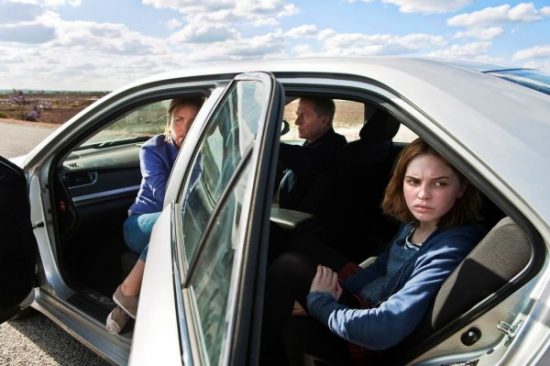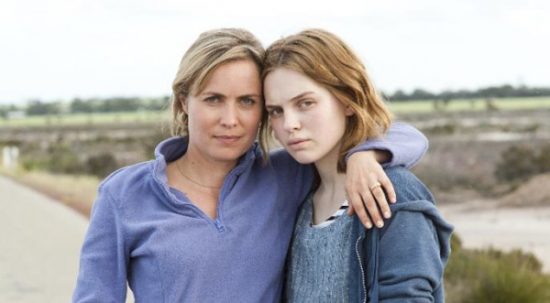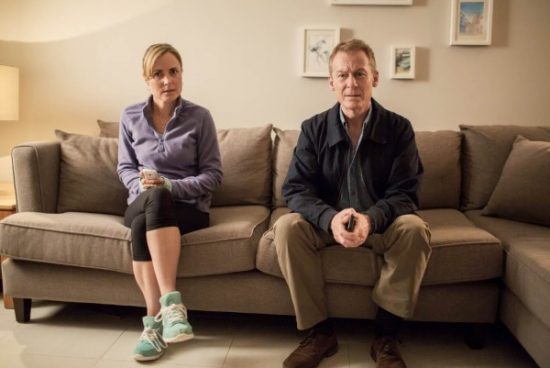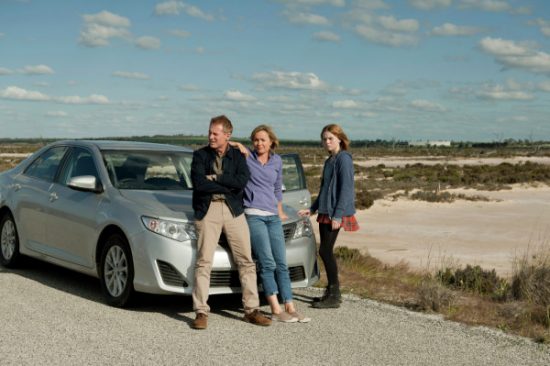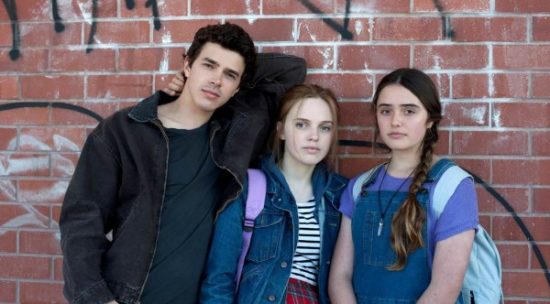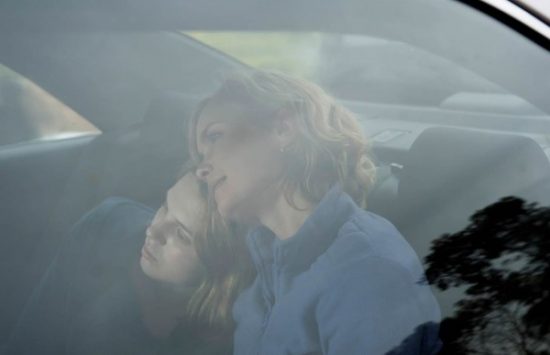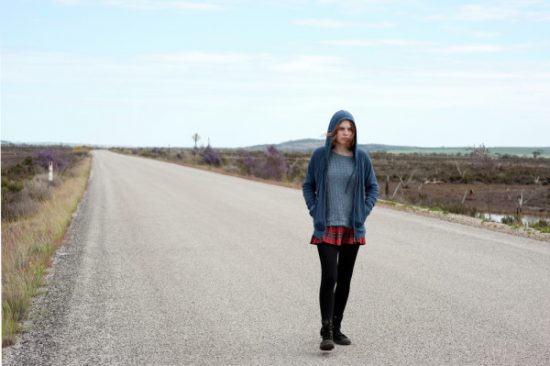Family Matters: The Making of Looking for Grace
Trevor Hogg chats with Sue Brooks and Odessa Young about family dynamics and making the independent film called Looking for Grace…
A newspaper article triggered Australian filmmaker Sue Brooks to write a script about a 16 year girl removing a significant amount of money from the family safe and running away with her best friend. The multi-narrative project was revived in 2010 with the help of producer Alison Tilson. Four years later the necessary funding was secured to make Looking for Grace which was subsequently chosen to be part of the inaugural Platform competition at the 40th Toronto International Film Festival.
“The biggest challenge was to not change it too much,” notes Sue Brooks. “I work a lot with Alison Tilson who is a scriptwriter. I don’t consider myself a scriptwriter. The big thing for Alison was not to shift too much. Alison tries to keep the integrity of people’s work because often your first drafts are considerably better than the ones you keep on doing. There’s an expression that the worse script you’ll ever read is your second draft because when you write your first draft sometimes you have this great piece of marble that is showing promise. But when you start to mould that promise you can kill the very thing that it has going for it.”
“I was interested in this modern day thing where adolescents can be quite presumptuous,” explains Sue Brooks. “It’s our money. What’s the big deal? She’s not quite that bad. That’s also the difference between being a child, adolescent and adult. When do you assume that you’re an equal party in your own family? That’s shifting a lot at the moment.” There was some discussion as to whether Grace taking the money from her parents should remain part of the storyline. “I had a bit of pushback at the editing stage. Some of the team I was working with felt that was going too far and we should cut it back. I like characters out on a limb. We are used to men not women being out on a limb.”
“One of the big reasons I loved this script was that Grace is written in such an interesting way,” remarks Odessa Young who was cast to play the role of the runaway. “I didn’t think Grace was a typical teenager when she made decisions.” Alienating audience members because of the actions of Grace was not a concern. “I don’t think you’re meant to like every character in films. Grace isn’t necessarily a likeable person and that’s what so interesting about her. You’re meant to sympathise with her. It’s good that later on in the film Grace is given the opportunity to explain why she took the money and why she doesn’t see it as a problem. It made me think, ‘I never thought it like that. She has obviously been thinking about this for awhile.’” Young adds, “She’s someone who would take you out to a great party and you’d never want to see her again. Everyone knows a Grace. She’s a fair-weather friend. I don’t think Grace necessarily likes kids her own age or has ever got along with them.”
“When I was making Looking for Grace I realized that the actors were off doing another draft of the script with me on-set,” notes Sue Brooks who was not adamant that dialogue should be spoken as written. “I don’t like to work that way. I like people to do their best work. I find if you’re too descriptive they don’t.” Odessa Young was the last to be chosen of the principal cast that features Richard Roxburgh, Radha Mitchell, and Terry Norris. “Odessa was cast later on because I always knew I had to have someone who was exactly the right age at the time of making the film. It was no use of me casting someone and waiting six months to make it because they become far more mature too quickly and can’t undo what they have learnt. That was a gift.”
“I went into the audition room with Kenya Pearson who plays Sappho which was convenient because we ended up getting the roles together,” recalls Odessa Young. “Sue is open to collaboration and different kinds of actors’ interpretations.” An on-screen chemistry needed to be developed between the cast members. “Sue is quite interested in body language and how people move around each other. We had a big rehearsal process with that. It was really helpful and set this foundation for the characters and how they act with one another. When you get on-set and you’re committed to playing this role you start to fall into the patterns of mother, father and child.” Not a lot of research was required. “The most interesting part of a role is trying to relate the character to yourself so you can understand them.” Young had to deal with tight confines when interacting with Richard Roxburgh and Radha Mitchell. “A lot of the scenes are set inside a car so they are pretty setup positions for where we could have been. Sue put us where she wanted us to be but would let it develop.”
Looking for Grace was shot in Western Australia. “If you are going to light or do something at a location you have to go around and see if you can find the best frame for it,” observes Sue Brooks who hired Katie Milwright to handle the cinematography. “One of the things about the digital age is that you can go through a location with your smartphone taking shots. Katie and I 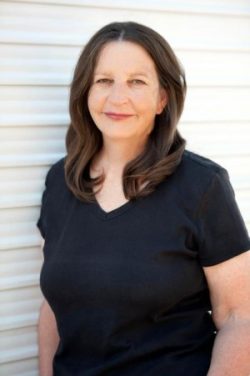 would go through our shots together. She is a detailed person. Katie would say, ‘I like it here and I love this little blade of grass there.’ Those sorts of things you can do quickly.” The colour grading was tweaked during the DI process while hardly any ADR was used. “It’s 90 per cent practical sound. We had fabulous sound recorders. If you can put silence into the soundtrack you give people the space to pay attention, calm down, be seduced, or mesmerized.”
would go through our shots together. She is a detailed person. Katie would say, ‘I like it here and I love this little blade of grass there.’ Those sorts of things you can do quickly.” The colour grading was tweaked during the DI process while hardly any ADR was used. “It’s 90 per cent practical sound. We had fabulous sound recorders. If you can put silence into the soundtrack you give people the space to pay attention, calm down, be seduced, or mesmerized.”
Whereas the biggest challenge for Sue Brooks was securing the requiring financing, Odessa Young had a different problem to solve. “It was the fact that I had so much liberty in creating the character. It was the first feature role I’ve ever played. I didn’t know how far to go with it but Sue helped a lot.” A happy accident happened during the principal photography. “There was a scene in the diner after one of the secrets has come out. Grace is sitting with her father in a diner and we can see it from her mother’s perspective. I remember on that day that was a candid shot of Richard and I laughing together. It was interesting to see that in the film.” The introduction of Grace stands out for the Australian actress. “I love all of the bus stuff at the start. It’s the only time she gets to be a kid and not worry about things. It gives some insight into her everyday life.” Brooks enjoys the moment when the character portrayed by Richard Roxburgh is conflicted about the opportunity to have an extramarital affair. “Richard arrived on-set that day saying, ‘Okay. Let’s go.’ He was totally into it.” Terry Norris has more subtle role as the retired detective hired to find Grace by her parents. “Terry is amazing in the film. He always makes me laugh and smile. I feel such warmth towards him.”
Many thanks to Sue Brooks and Odessa Young for taking the time to be interviewed.
To learn more visit the official website for Looking for Grace.
Trevor Hogg is a freelance video editor and writer who currently resides in Canada; he can be found at LinkedIn.

